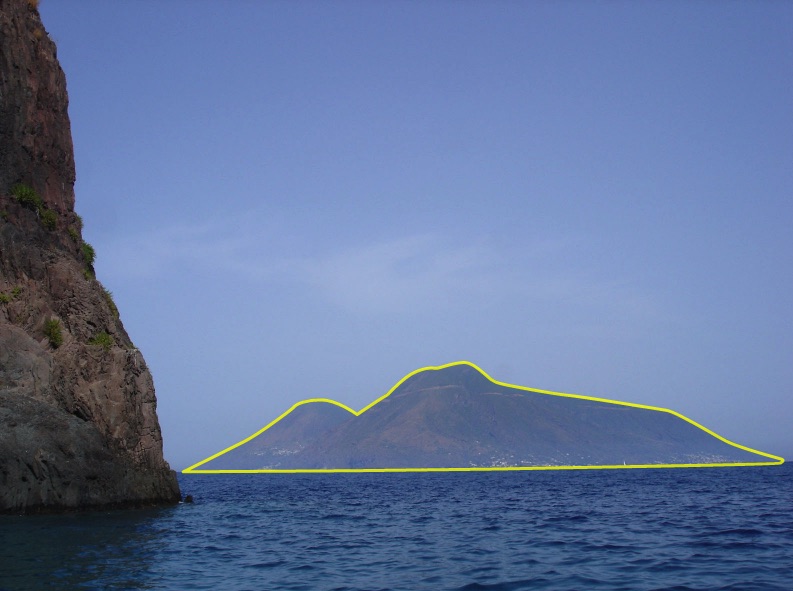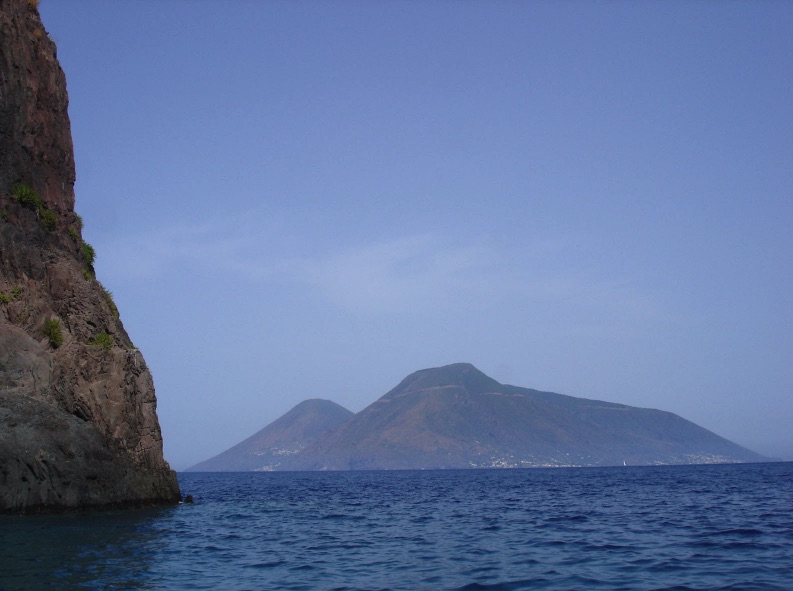Salina is the second largest and most populated Aeolian Island. As always happens within the archipelago, this island is completely different from the others, showing unique characteristics that make it a world apart. In fact, Salina is made up of two mountains, Monte Fossa delle Felci and Monte dei Porri, with similar heights of 964 and 867 metres respectively.
This structure led the Greeks to name it Didyme, the island of the twin mountains.
The heights reached by the two mountains and the extreme fertility of their volcanic soil have made it the greenest of all the Aeolian Islands.
This is the first thing to surprise visitors as soon as they arrive, seeing immense forests of pine, chestnut and oak trees adorn the round summit of Monte Fossa delle Felci.
This aspect is also facilitated by the fact that the island of Salina, unlike Vulcano, Lipari and Stromboli, has no currently active volcanic system. The part of the island above sea level was formed around 220,000 years ago and volcanic activity developed rather continuously until around 13,000 years ago, through the development of six different volcanic systems.
Salina is the only one in the archipelago that does not belong to the municipality of Lipari; on the contrary, the island has three different municipalities, a legacy of different customs and traditions from a time when even moving around the island was a long journey.
Salina is famous all over the world for
capers

and
malvasia

, examples of excellence of quality, culture and history of processing traditions.

